When Susana Nakatani was a child growing up in Salamanca, Spain, she spent every spare moment crafting outfits for her dolls out of leftover fabrics and buttons.
“I grew up in a very humble family, and my mom would make all our clothes,” she explains. “My love for design started then.”
But there weren't many opportunities in design in such a small city – so Susana became a French teacher despite her passions elsewhere.
“Thanks to that job I had the possibility to work and live in several countries – and then, in 2009, I landed in Sweden.”
For Susana, Malmö is the city of dreams. Despite having lived in design capitals like Paris and London, Malmö is where she finally got her design education and where she now has her own fashion label.
Susana doesn't follow the trends – but she says that in Malmö, it's easy to be open-minded and go your own way.
“Paris is more oriented to glamour, it's classic. London is creative and exciting. But I personally believe that making fashion in Malmö brings something more to the table, a complete sense of freedom, that you don’t have in other places where the pressure of being within the trends and the standards is higher,” she muses.
“The fashion industry is very competitive. For me, being in the 'Malmö bubble' protects my idea of creating my own destiny and helps me stay faithful to my principles.”
So what makes Malmö such a haven for open-minded creativity? We asked Susana to give us a tour of Sweden's third-largest city – through the eyes of a designer.
Getting lost
Susana says it's easy to be creative in Malmö – and that often means you've just got to go with the flow.
“In Malmö, I love going around with my bike and getting lost,” she exclaims. ”Every street has something different. I like the Nordic architecture and the mix Malmö has between old and grand, industrial and new.”
One of her favourite areas is Västra Hamnen, the old shipyard.
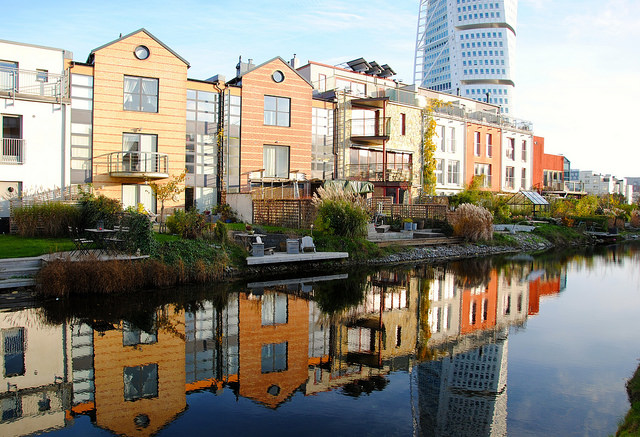 Västra Hamnen. Photo: Maria Eklind/Flickr
Västra Hamnen. Photo: Maria Eklind/Flickr
“It's been converted into new buildings, but with a touch of their old industrial heritage. I love wandering around trying to imagine how everything was before, when Malmö was just an industrial town,” she confesses.
And whenever she needs a little fresh air and inspiration, Susana heads to Ribersborg, a popular coastal walk with a bathhouse, a beach, and plenty of green open space.
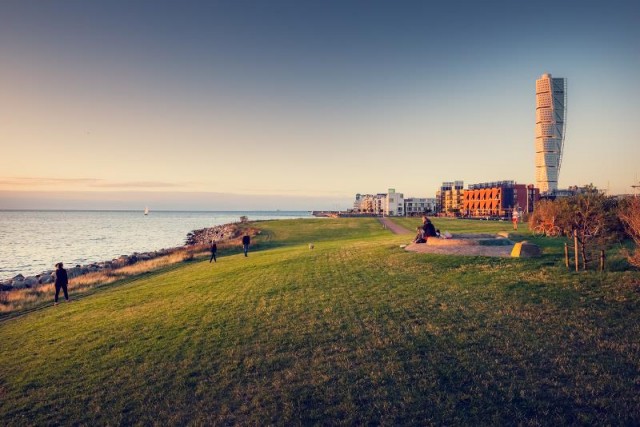
Ribersborg. Photo: Werner Nystrand
“The views are amazing,” she says. “The nature in Malmö is stunning.”
Cafés
Time for a coffee break?
“I normally start the day with a coffee at Kaffebaren in Möllan,” Susana says. “I love taking my bike around town and sitting and observing the square with that vibrant and multicultural vibe.”
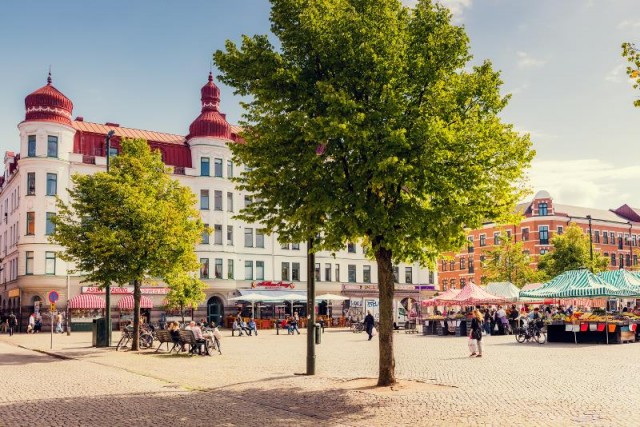 Möllevångstorget. Photo: Werner Nystrand
Möllevångstorget. Photo: Werner Nystrand
Malmö is one of the best cities in Europe for biking, and much of the city is designed around bike paths. It's not an after-thought – it's a conscious part of Malmö’s design.
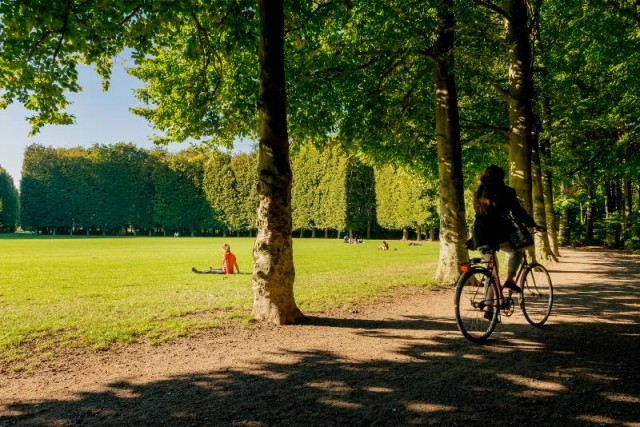
Photo: Werner Nystrand
“Another one of my favourite spots is Pâtisserie David around Caroli,” Susana says. ”They have amazing pastries and it has a charming mix between Scandinavia and Latin-Europe. I feel at home!”
Finally, she adds, if you go to Malmö you've got to know where to get your scones:
“Café Feed on Köpenhamnsvägen have the best scones in Malmö! I love scones!”
Dining
Malmö is somewhat famous for its diverse food scene. The city is brimming with cuisine from all across the globe, and it's hard to pick favourites.
“For drinks or dinner, I have to mention Bastard,” Susana says.
The hip, rustic Michelin Guide restaurant is usually packed – so make sure to book a table in advance. This is where all the cool kids hang out.
Can't get in? There are plenty of other incredible options, Susana says.
“Try any of the amazing Asian fusion restaurants in town such as Lemongrass or Namu.”
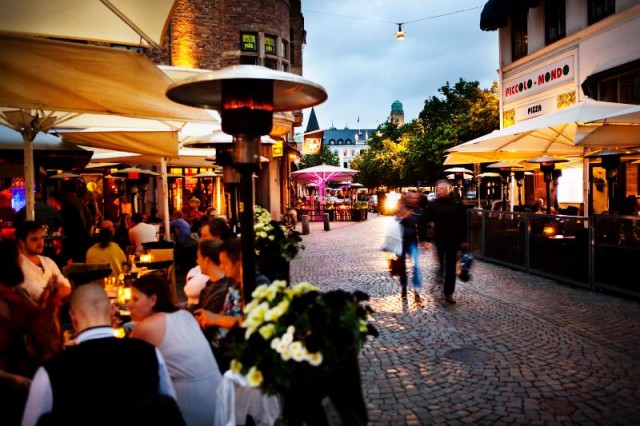
Lilla Torg, where many restaurants are located. Photo: Henrik Rosenqvist
Shopping and design
Finally, what's the design scene like in Malmö? Where does Susana shop?
“Sweden in general is a paradise for creative people. I don’t know exactly what it is but it is easy to focus on your creative side in this latitude and I love it,” she exclaims.
There are dozens of designers in Malmö who inspire Susana, for different reasons, she says.
“I love Altewai Saome, those girls are extremely talented!”
Altewai Saome is an edgy young brand that plays with a monochrome palate, unusual details, and international flair. The up-and-coming label quickly become a favourite at fashion week events and has won multiple awards.
“I am also a big fan of Robert&Blad,” Susana says.
“Designer Helle Robertson is like a volcano of creativity; I had the chance to work as an intern for her, and not only I admire her for her classic tailoring skills but also for how she gives a new meaning to recycling.”
Designer Helle Robertson was educated in men's fashion, giving her women's wear a unique structure and ease while maintaining an elegant feminine touch.
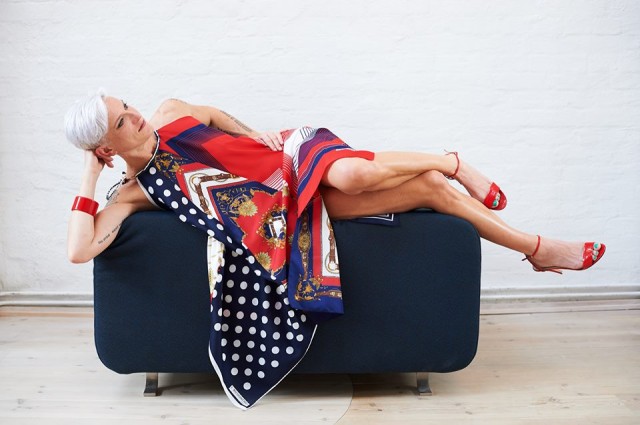
Dress by Robert&Blad. Photo: Jesper Lindgren.
The brand Robert&Blad is also sustainable, comfortable fashion made from ecological, locally-produced fabric. Very Swedish!
'Make your dreams come true'
Finally, the most important thing to do in Malmö is just – do it. Whatever it is.
“If you visit Malmö and you have a dream, go for it!” Susana exclaims.
“You will always have someone to support you, to guide you and to help you making your dreams come true. That is the beauty of Malmö.”
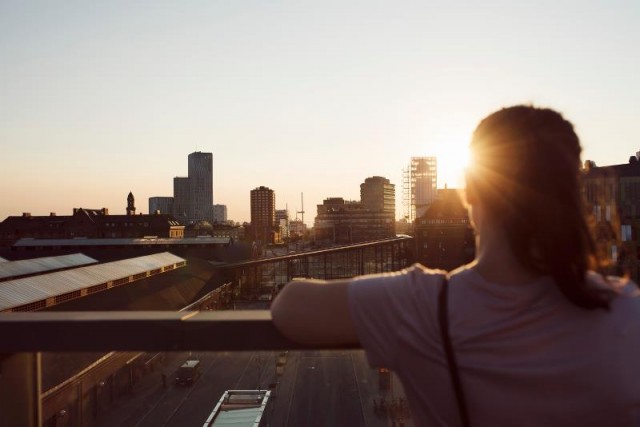
Photo: Apelöga
Read also: The Stockholm design hot-spots you have to see
This article was produced by The Local Client Studio and sponsored by Visit Sweden.

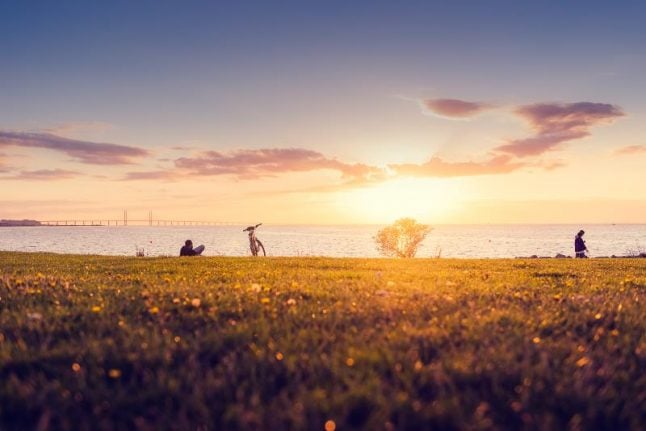
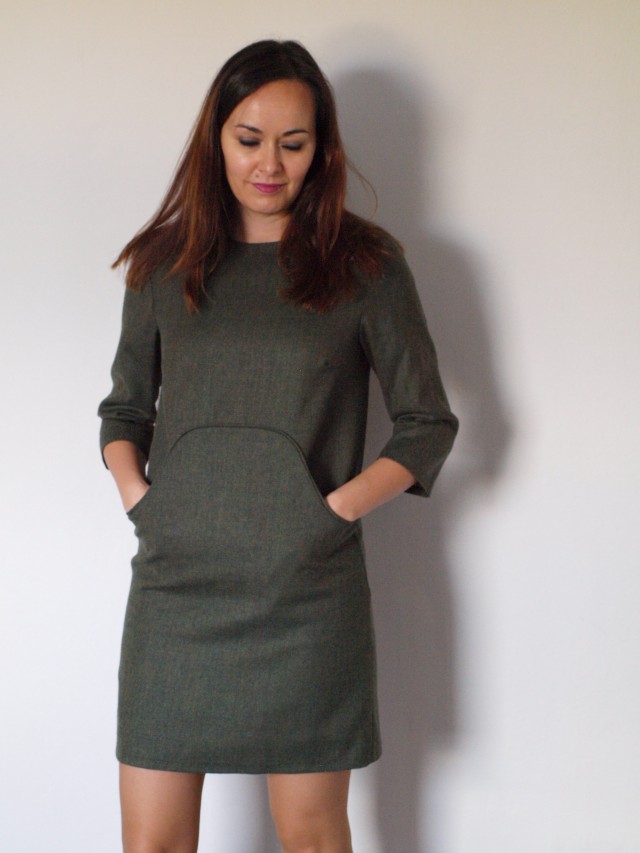
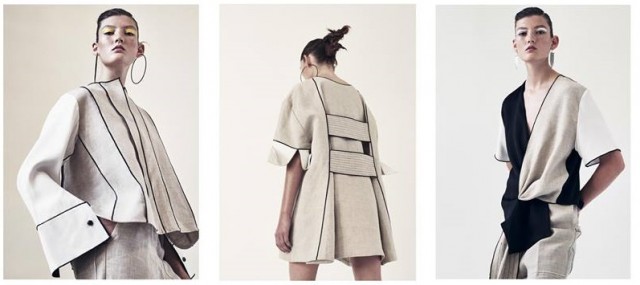


 Please whitelist us to continue reading.
Please whitelist us to continue reading.